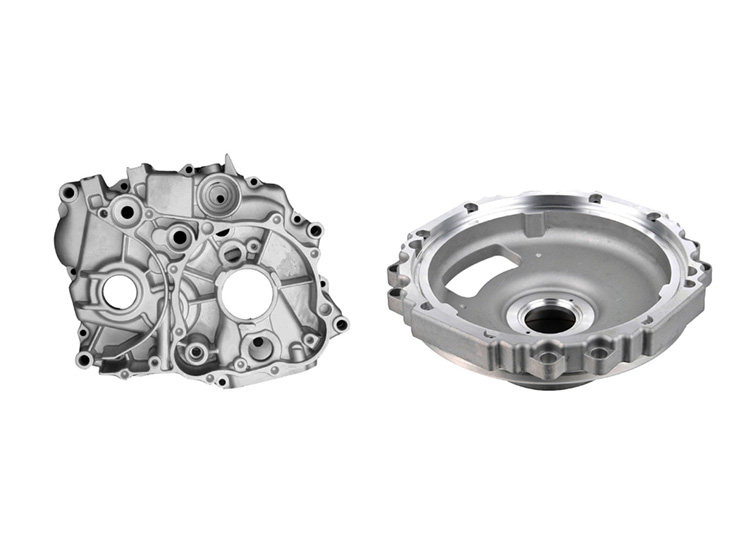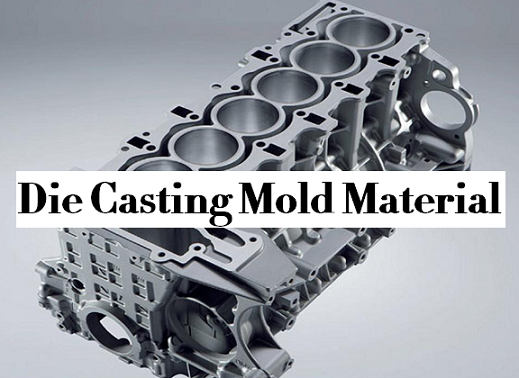About Stahl Specialty Company
About Stahl Specialty Company
Blog Article
The Ultimate Guide To Stahl Specialty Company
Table of ContentsRumored Buzz on Stahl Specialty CompanyOur Stahl Specialty Company DiariesThe Buzz on Stahl Specialty CompanyGetting My Stahl Specialty Company To WorkRumored Buzz on Stahl Specialty CompanyRumored Buzz on Stahl Specialty Company

If you're developing a steel product, you've likely thought about utilizing light weight aluminum as the base material. It has a high strength-to-weight proportion, great rust resistance, excellent formability, and aesthetic allure. These aspects have led to its boosted popularity in the last few years. Pure aluminum has actually limited applications, so it is often incorporated with other components, such as silicon, magnesium, and manganese to form alloys.
(AA), based in North America, has actually developed specifications that control light weight aluminum alloys' composition, buildings, and nomenclature. There are two types of light weight aluminum alloys wrought and cast.
The 6-Minute Rule for Stahl Specialty Company
Cast aluminum alloys are made by melting pure light weight aluminum and incorporating it with various other metals while in liquid kind. Then the mix is poured right into a sand, die, or investment mold and mildew. After solidification, the metal is eliminated from its mold. At this phase, it is in either its final form or as a billet or ingot for further processing.

For instance, 160.0 stands for a cast with a minimum of 99.60% aluminum. The fourth digit, which comes after the decimal point, defines if the alloy is a casting (xxx. 0) or an ingot (xxx. 1). Wrought light weight aluminum alloys likewise start by incorporating liquified aluminum with various other metals. As opposed to cast alloys, nonetheless, they are created into their final shape with procedures such as extrusion, rolling, and flexing after the steel has actually solidified right into billets or ingots.
There are several small differences in between wrought and cast light weight aluminum alloys, such as that actors alloys can have much more substantial amounts of other steels than wrought alloys. But one of the most remarkable distinction in between these alloys is the manufacture procedure with which they will go to deliver the last item. Apart from some surface area therapies, cast alloys will exit their mold in almost the specific strong type preferred, whereas wrought alloys will certainly undertake numerous alterations while in their solid state.
If you think that a wrought alloy might be the most effective for your job, have a look at several of our short articles that discuss more regarding particular wrought alloys, such as Alloy 6061 and Alloy 6063. On the various other hand, if you believe an actors alloy would certainly be better for you, you can find out a lot more regarding some actors alloys in our Alloy 380 and Alloy 383 posts (coming soon).
The smart Trick of Stahl Specialty Company That Nobody is Talking About
When choosing a light weight aluminum foundry for your production requirements, it's essential to research several variables. One of the most important elements to take into consideration is the experience and capability of the shop. aluminum metal casting. Choosing a factory that has the right understanding of the light weight aluminum spreading process, and the portfolio to reveal for it, aids to have a successful end result for your job
Having the experience and sector understanding to engineer your castings for optimum manufacturing and quality results will certainly improve the project. Producing aluminum castings calls for a facility set of procedures to attain the ideal results. When choosing a new aluminum factory to companion with, guarantee they have extensive industry experience and are well-informed regarding all facets of the aluminum casting process: style, manufacturing, product analysis, and item screening.
The shop needs to also have a tested performance history of providing exceptional items that fulfill or exceed customer expectations. Quality assurance must additionally be at the top of your list when selecting an aluminum foundry. By functioning with a certified factory who adheres to the requirements for quality assurance, you can secure the stability of your product and ensure it meets your requirements.
By picking a business who offers solutions that satisfy or exceed your item demands, you can be sure that your project will certainly be completed with the utmost accuracy and effectiveness. Certain light weight aluminum factories focus on specific sorts of making procedures or casting techniques. Different parts require different production strategies to cast light weight aluminum, such as sand casting or die spreading.
The 4-Minute Rule for Stahl Specialty Company
Die spreading is the name provided to the process of developing intricate metal elements via use mold and mildews of the part, also called passes away. The procedure makes use of non-ferrous metals which do not consist of iron, such as light weight aluminum, zinc and magnesium, due to the desirable homes of the steels such as reduced weight, greater conductivity, non-magnetic conductivity and resistance to corrosion.
Die casting manufacturing is quickly, making high manufacturing levels of components simple. It creates even more elements than any type of other procedure, with a high degree of precision and repeatability. To find out more concerning die spreading and pass away spreading products utilized while doing so, kept reading. There are three sub-processes that fall under the classification of die casting: gravity die casting (or irreversible mold and mildew spreading), low-pressure die spreading and high-pressure die casting.
Despite the sub-process, the die spreading procedure can be damaged down into six actions. After the pureness of the alloy is evaluated, dies are created. To prepare the passes away for casting, it is essential that the passes away are tidy, to ensure that no residue from previous manufacturings stay. After cleaning, the ejection lubrication is related to the die to ensure a smooth launch.
Not known Incorrect Statements About Stahl Specialty Company
The pure steel, likewise referred to as ingot, is contributed to the furnace and maintained the molten temperature of the steel, which is then moved to the injection chamber and infused into the die. The pressure is then kept as the steel solidifies. When the steel solidifies, the cooling procedure begins.
(https://writeablog.net/stahlspecialc/stahl-specialty-company-is-one-of-the-largest-permanent-mold-foundries-in-the-us)
The thicker the wall of the component, the longer the cooling time since of the quantity of interior steel that additionally requires to cool down. After the part is totally cooled down, the die cuts in half open and an ejection mechanism pushes the element out. Adhering to the ejection, the die is shut for the following injection cycle.
The flash is the extra material that is cast throughout the process. This need to be cut off utilizing a trim device to leave just the major part. Deburring removes the smaller pieces, called burrs, after the trimming process. The element is polished, or burnished, to provide it a smooth surface.
9 Simple Techniques For Stahl Specialty Company

Zinc is one of the most pre-owned alloys for die spreading due to its lower price of raw materials. Its deterioration resistance additionally permits the parts to be lengthy enduring, and it is one of the a lot more castable alloys due to its reduced melting factor.
As discussed, this alloy is just one of one of the most typically made use of, yet manufactures will, at times, choose aluminum over zinc due to light weight aluminum's production benefits. Aluminum is highly affordable and among the a lot more flexible alloys. Aluminum is utilized for a variety of different items and industries anything from home window structures to aerospace materials.
Report this page